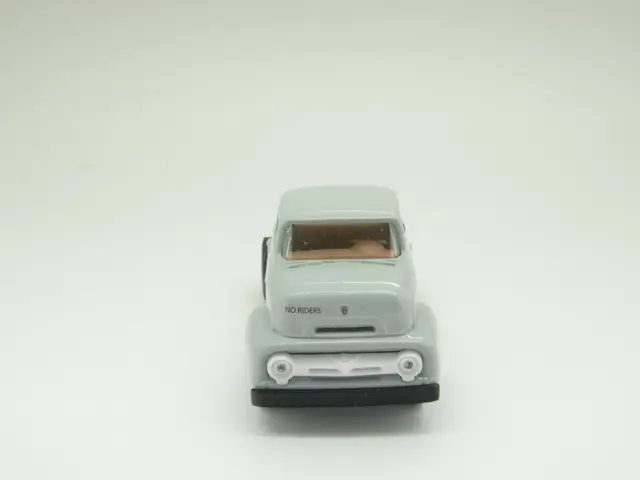Winterizing Your Garden and Potted Plants: A Comprehensive Guide
As winter approaches, it's essential to prepare your garden and potted plants to survive the frosty weather. Here's a step-by-step guide to help you protect your plants from frost damage and keep them thriving throughout the colder months.
Understanding Frost Damage
Before we dive into the protection techniques, it's crucially vital to understand what frost damage does to plants. Frost damages plants by turning their cell fluids into ice crystals. These ice crystals expand and break the plant's cell walls, leading to wilting and eventual plant death.
Plants need time to adapt to the dropping temperatures. They enter a state of hibernation, called dormancy, during which they stop growing actively. Plant dormancy promotes survival and ensures that the plants can withstand the cold season.
Protecting Your Garden Plants
For garden plants to survive frost, they need protection from stress and extreme cold. Here's how to prepare your garden plants for winter:
- Avoid excessive pruning: Garden plants need to store energy for the winter. Pruning encourages new growth, which is not beneficial in the colder months.
- Reduce fertilization: Fertilizers stimulate plant growth. Since your goal is to encourage dormancy, it's essential to reduce the fertilization regime.
- Leave leaves on the trees: Leaves are crucial for insulation. Keeping leaves on trees can protect the branches from frost damage.
- Prepare sensitive plants for winter: Sensitive plants, such as Mediterranean plants, require specific care for winter survival. Move them to protected areas or use frost cloths to shield them from the cold.
- Store tools properly: Garden tools and machinery should be cleaned, maintained, and stored in a dry, secure location during winter.
Winterizing Your Balcony and Patio Plants
Potted plants are especially vulnerable to frost damage. To protect them:
- Move sensitive plants indoors: Move plants that cannot tolerate temperatures below -5°C indoors to a warmer location.
- Use mulch: Apply a layer of mulch on top of potted plants for insulation. Use materials such as straw, leaves, or bark chips.
- Wrap with insulation: Wrap the pots with blankets, burlap, or garden fleece for extra warmth.
- Apply frost cloths: Use frost cloths or old sheets to shield the plants from the cold.
- Create a microclimate: Group potted plants together to create a warmer microclimate.
- Water properly: Water the potted plants before expected frost for improved insulation.
Providing Shelter for Wildlife
Wildlife also needs protection during winter. You can help by:
- Leaving piles of leaves: Hedgehogs and other small animals use piles of leaves as their winter home.
- Creating nesting boxes: Hang up nesting boxes to provide shelter for birds and small mammals.
- Hibernation for insects: Cut off the tops of faded flowers and let them dry for insects to overwinter in peace.
By implementing these protection techniques, you'll ensure that your garden and potted plants survive the winter and are ready to thrive in spring.




